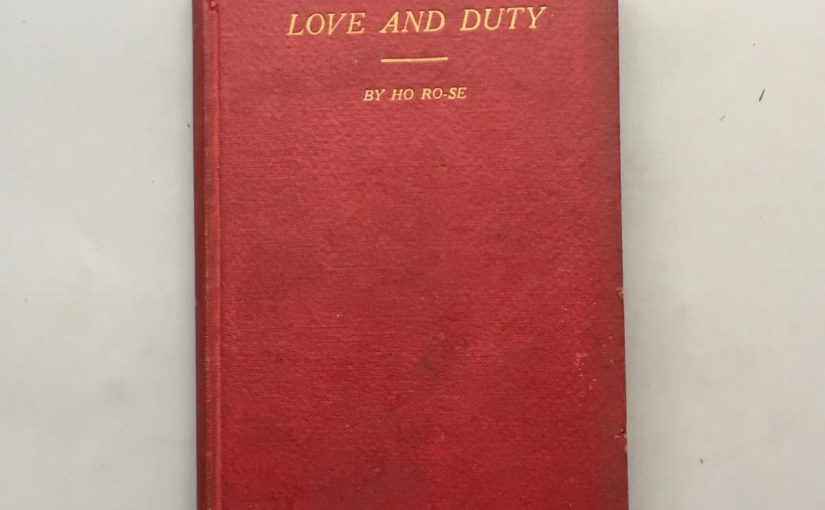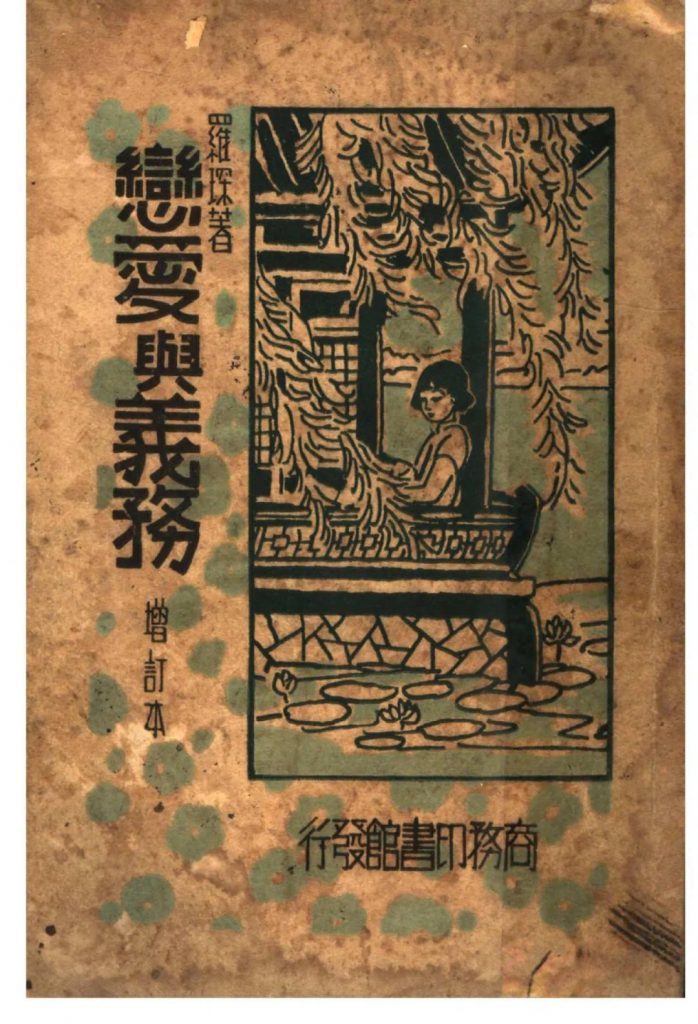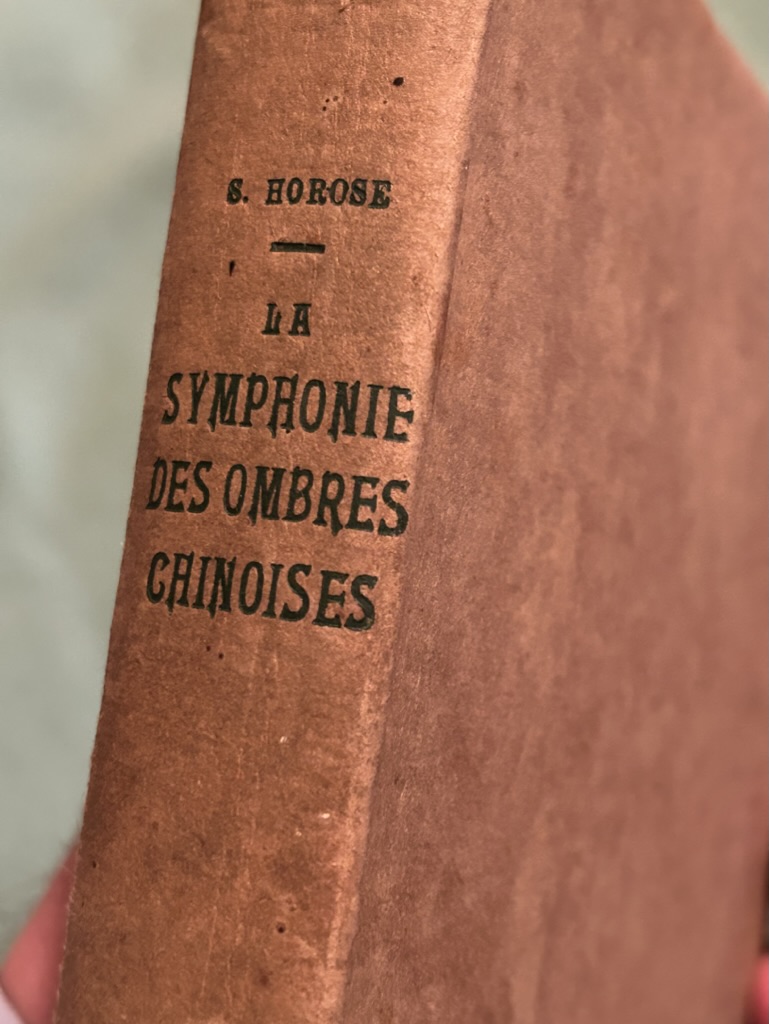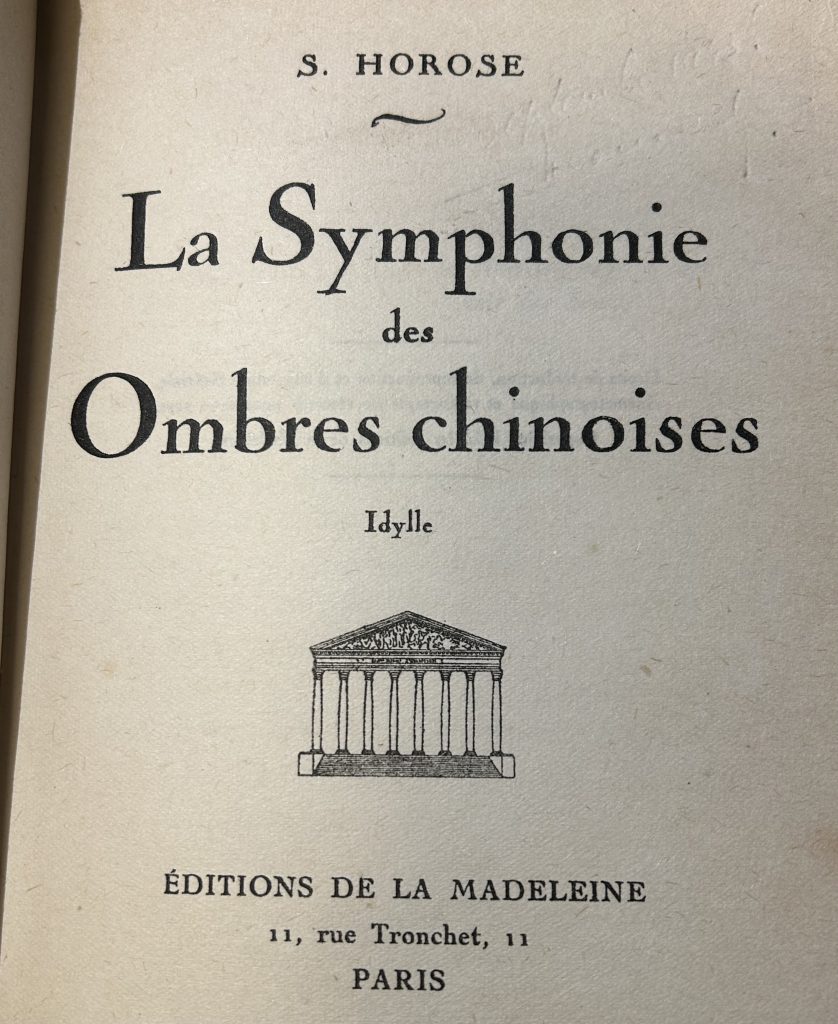Ruan Yinglu movie “Love and Duty” has been the theme of several posts on this blog, focusing on the movie itself, but also on film locations (To read the thread from start, go to post “Love and duty (part 1)“). The 1931 movie was produced by United Photoplay Service, or a 联华影业公司 in Chinese for the Chinese market. It briefly mentions a foreign novel in the opening session, which attracted my attention.
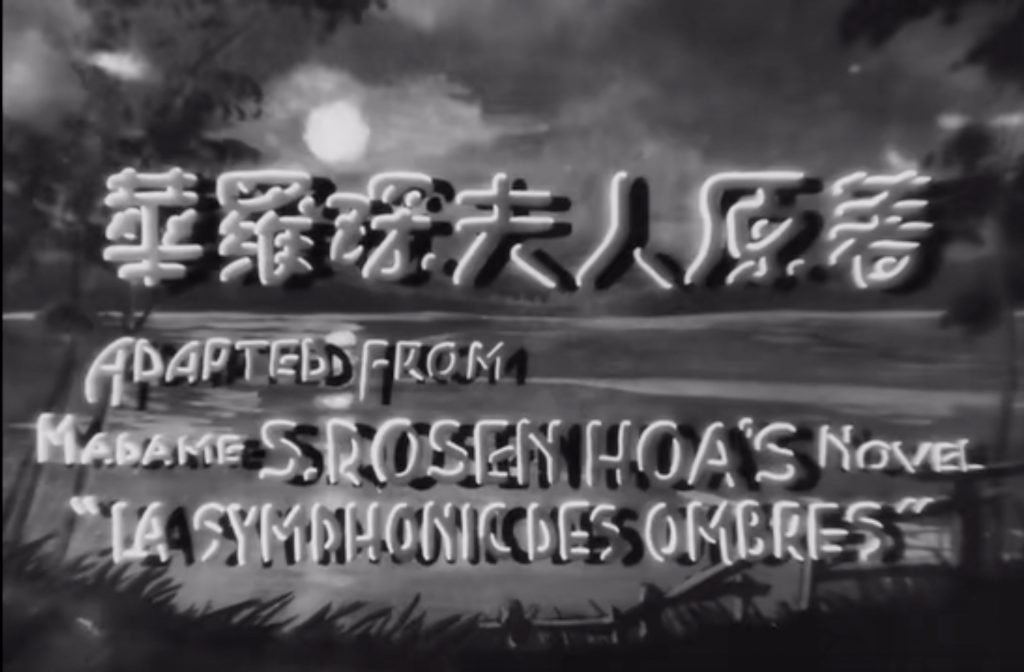
Although it is only shown for a short while, it is very clearly written “Adapted from Madame S. Rosen Hoa’s Novel << La symphonie des ombres >>”. This is very strange as the text is in English, but the name of the novel is in French. What is even more surprising is that Lian Hua film company was close to Chinese patriotic ideas of the time, but based one of its most famous movie on a foreign novel.
Love and duty was first released in 恋爱与义务, that can be translated as “Love & Obligations” or “Love and Duty”, as a 8 parts series in literary magazine 小说世界 (The World of novels) in 1921. The author was indicated as 羅琛華. The book was then published by famous Shanghai based Chinese publisher Commercial Press in 1924.
The book was a great success and it was then published in English as “Love and Duty” by commercial Press in 1926. The author was written then as Ho-Rose. The book in English was also a great success and was reprinted several times, at least in 1927 and 1929. In 1931 the book was turned to movie “Love and duty”, with the success that we know. The theme of the book with its rejection of traditional values definitely matched the spirit of the UPC and the May 4th movement.
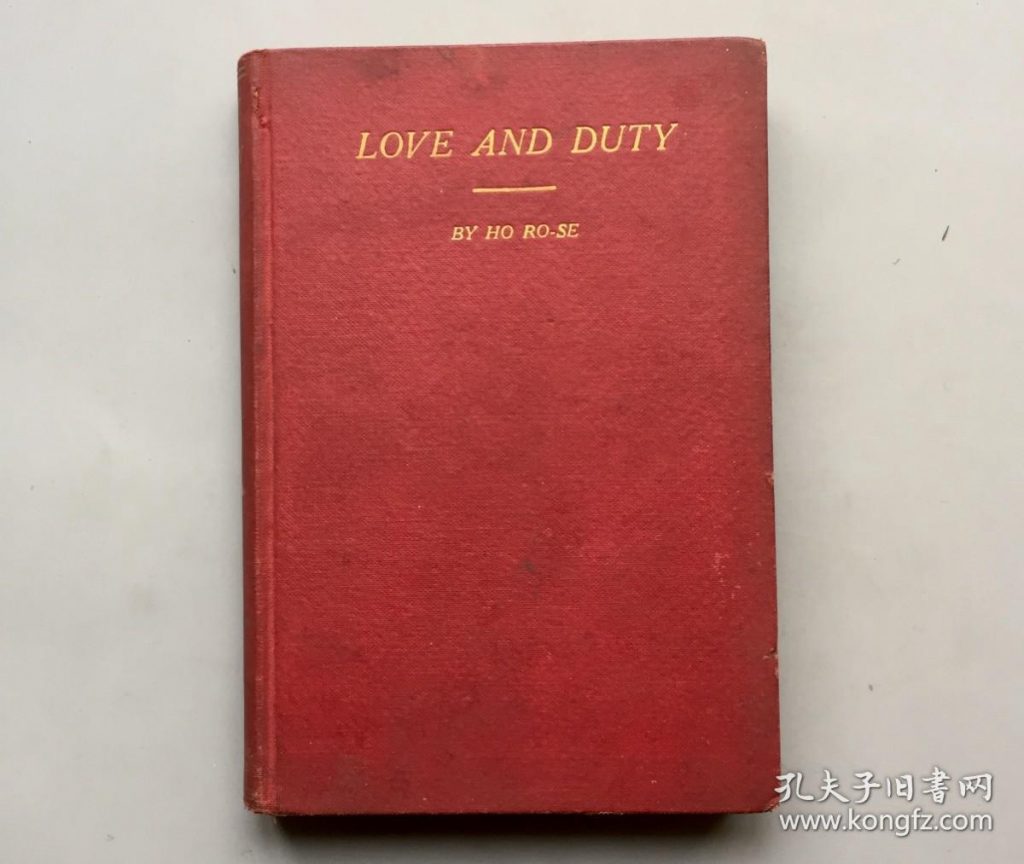
“La Symphonie des ombres Chinoises” (symphony of Chinese shadows) was published in 1932 , by Editions de la Madeleine, 11 Rue Tronchet, Paris under the name of S. Horose.
Although there is no reference in this book about the Chinese or English edition, nor the movie adapted from it, he story is very similar to the movie, characters has similar names and the author mentions that she had a successful writing career in China. There is no doubt that this is mostly the same book, with maybe some minor changes.
Interestingly, the French title has little to do with the original English or Chinese title. It is also slightly different from the one displayed in the movie credit as it did not include the “Chinoises” word. It was definitely added at the time of publication in France, emphasizing the China theme of the book and probably trying to capitalise on her previous book published in France which was focused on the cultural differences between the West and China. (See post “The Story of Horose or S. Rosen-Hoa part 2″ for more details”).
The introduction to the book includes a long part where the author complains that French people or the French authorities have no idea about China. She also complains about stories written by French authors and journalists about China that are often inaccurate or sometimes totally false. Although written in the early 1930s, such comments are unfortunately still valid today.
The book was mentioned in several newspaper article, including in Art review “Septimanie” in the 1st June 1933 issue and in daily “L’home libre” from 12th July 1933. She also was invited for a few conference about China at the same time, but the book did not reach by far the success it had in China.
For more details about the movie “Love & duty”, please go to post “Love and duty (Part 1)“. The life Horose / S. Rosen-Hoa is explored in post “The story of Horose / S. Rosen-Hoa“.
